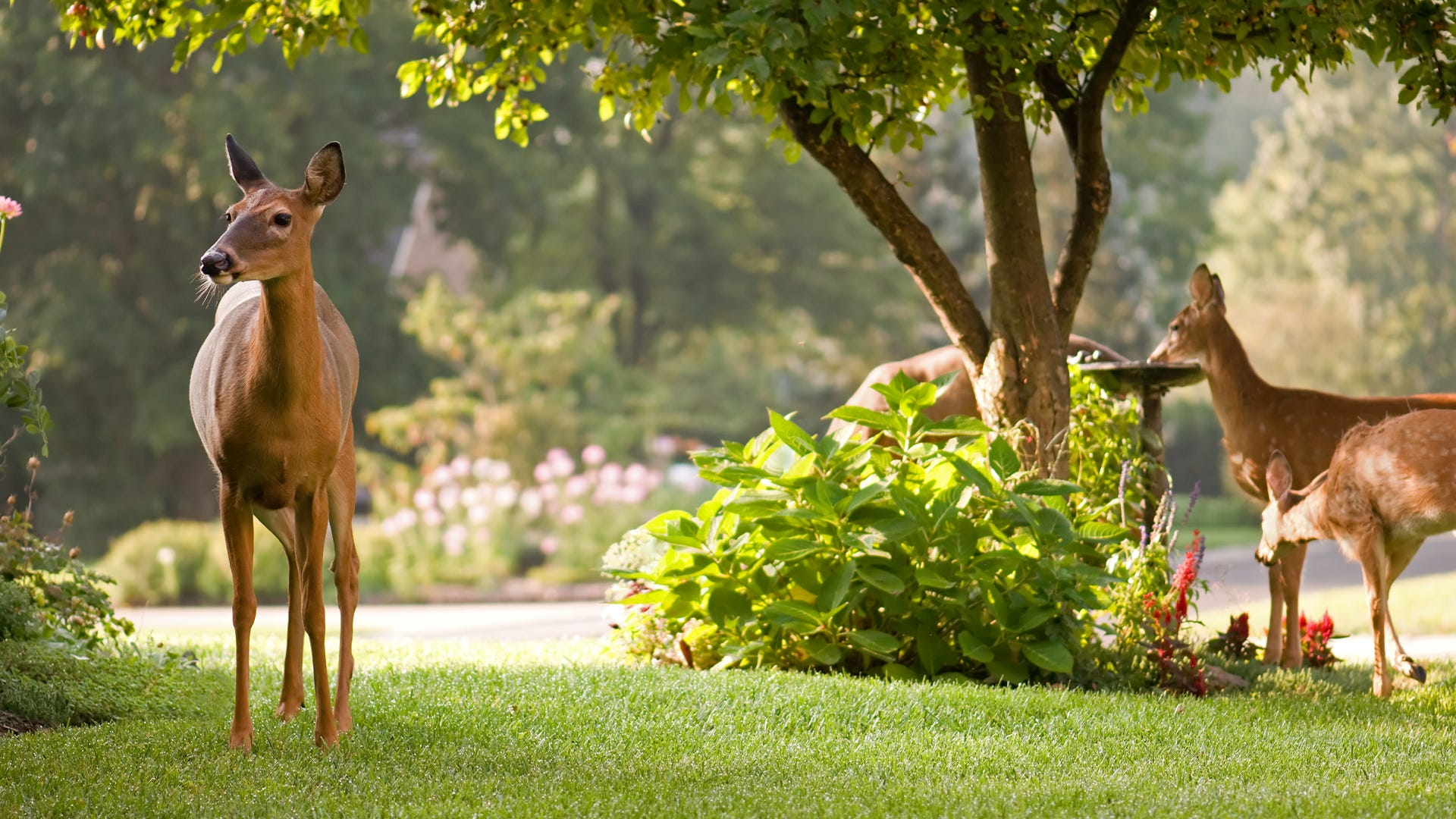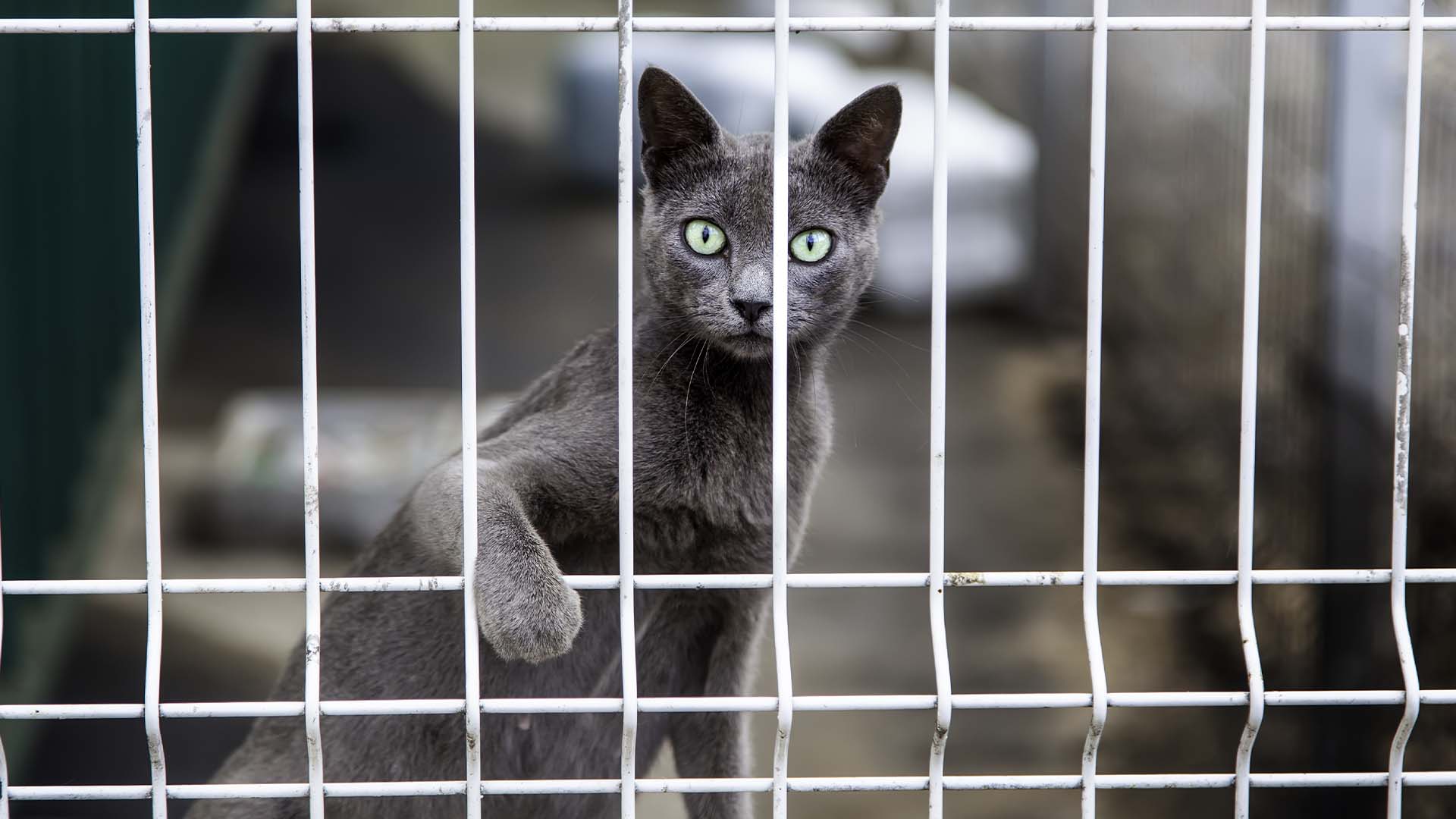If you live in a rural or remote part of the country, your backyard is probably different from those found in an urban or suburban environment. For one thing, you’re probably closer to the habitats of many different types of wild animals that are eager to treat your property as an extension of their home environment.
A great way to establish an environment that both you and your four-legged or winged visitors can share in peace is to create a Certified Wildlife Habitat® in your backyard or garden. Certification can be obtained from the National Wildlife Federation, an organization devoted to providing safe habitats for wildlife that is gradually being squeezed out of their natural environments.
Benefits of Certification
As an animal control professional, I have witnessed the many benefits a Certified Wildlife Habitat can offer such as:
- Helping endangered animals find a place where they can survive and even thrive
- Restoring balance to the ecosystem
- Turning your yard or garden into a beautiful wildlife sanctuary that your family, neighbors and visitors will enjoy
- Knowing you’re doing your part to preserve and protect the environment we share with animals of all types
- Having your sanctuary listed on a national registry of wildlife habitats
How to Become Certified
To have your backyard or garden certified as a wildlife habitat, you need to provide four elements that are essential for animal survival:
- Sources of food — these can include a wide range of items such as nuts, berries, native plants and fruits
- Sources of water — birdbaths, ponds, lakes and streams all serve as acceptable water supplies
- Sources of cover — thickets, shrubs, rock piles and birdhouses provide shelter and protection
- Places to nurture offspring — shrubs, vegetation and nesting boxes give wildlife a place to raise their young and protect them from predators
Once you’ve established these four elements on your property, contact the NWF. They will ask for specific information regarding your property, and you’ll need to pay an applicable certification fee. Keep in mind you don’t have to live in a rural area to meet the certification requirements; a rooftop garden in an urban setting can also provide a welcome sanctuary for wildlife!
Certification is a “Win-Win” for All
Turning your backyard or garden into a Certified Wildlife Habit is an ideal solution for both you and the wildlife that frequents your property. You can become one of the more than 140,000 sites across the country that are benefiting from this important program.
Protecting Your Plants and Vegetation
Of course, there may be portions of your property you don’t want to share with your new friends. Using commercial animal repellents manufactured by Havahart® can be a highly effective way to keep animals out of your vegetable garden and other areas that are “off limits.” Havahart® products contain all-natural ingredients that are designed for use around all animals, including your family pets, without causing harm to the surrounding environment.
Image: drivebybiscuits




